IAI study: Benefits of global aluminium can recycling
Current recycling rates and environmental benefits
A recent study by the International Aluminium Institute (IAI) confirms recycling rates for aluminium cans of 71% and more. The study also shows that 60 million tonnes of CO2 could be saved annually by 2030 if the recycling of beverage cans is effectively promoted worldwide.
The report also proposes 25 levers to increase and strategic recommendations to improve the recycling of aluminium cans in six countries in the Middle East, Oceania and Asia. The findings and recommendations are based on the assessment of waste management systems in Australia, Cambodia, South Korea, Thailand, the United Arab Emirates and Vietnam. The selected countries provide a representative insight into the use, collection and processing of cans in different countries and cultures. The assessment also provides insights into the regional trade flows of used beverage cans (UBCs) in the Gulf region and Asia-Pacific – key trading centres.
Various aspects were analysed for each of the six countries, including waste management and legislation, collection infrastructure, recycling and landfill rates, volumes placed on the market, usage trends, overall performance, trade in used beverage cans, material flows and future targets.
Recycling rates of 71 % and more
The aluminium can is still the preferred packaging for the alcohol and soft drinks industry worldwide. Figures and forecasts suggest that global consumption will increase by 50 per cent between 2020 and 2030 – from 420 to 630 billion cans per year.
The study confirms that 71% or more of all aluminium cans placed on the market are recycled. The IAI has added processing losses to the data and can thus even confirm that 79% of all cans placed on the market in the six countries combined end up in recycled ingots for a second life. South Korea had the highest recycling rate at 96%. It was followed by Vietnam with 93%, Cambodia with 90%, Thailand with 86%, Australia with 74% and the UAE with 33%.
The report highlights the key levers for improvement, including better education on the benefits of recycling aluminium cans, investment in infrastructure and high-quality waste streams. It also shows how the industry can play an important role in implementing programmes that make a valuable contribution to increasing recycling rates for aluminium cans.
The potential of recycling to reduce carbon emissions should not be underestimated. The recycling of used aluminium products plays a major role in the overall decarbonisation of the aluminium industry, as the recycling of these products emits 0.6 tonnes of CO2 per tonne – compared to 16.6 tonnes of CO2 per tonne for primary aluminium. For this reason, IAI members are focusing their strategies on decarbonising their primary aluminium production and increasing the use of aluminium scrap, thereby reducing the landfilling of aluminium products after use.
Highlights of the study and key findings
- Thailand has the best recycling rate of the countries analysed with 78% of cans placed on the market, but 14% of cans still end up in landfill.
- In the United Arab Emirates, 67% of cans end up in landfill. Of all cans placed on the market, 20% are used for can recycling.
- Vietnam's informal sector produces high-quality scrap, but the can-to-can recycling rate is only 1%. A further 92% of recycled cans are processed into products that are not C2C.
- South Korea has had an EPR system for more than 20 years and has the highest recycling rate of all the countries analysed at 96%. Only 37% of cans placed on the market are recycled for the production of can films – a relatively low rate for a country with an established infrastructure and capacity for can recycling.
- Australia already has a voluntary EPR scheme and a DRS scheme (currently in six of eight states and expected to be in two more), which contributes to a recycling rate of 74%. Due to a lack of local recycling capacity, all cans are exported, 48% for can recycling.
- Cambodia reports high collection and recycling rates – collection is carried out by the informal sector, which relies heavily on scrap as a source of income. Cambodia has no domestic recycling capacity and its cans are largely recycled into products other than cans.
The study was commissioned by the International Aluminium Institute and co-financed by Emirates Global Aluminium, Crown Holdings, Australian Aluminium Council and Novelis. Data was provided by the global management consultancy Roland Berger.
Sources, further figures and the fact sheet are available here: International Aluminium Institute
